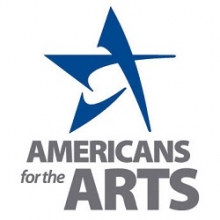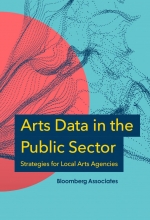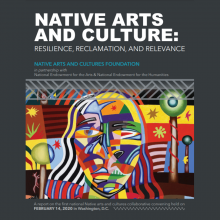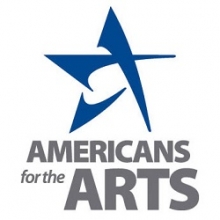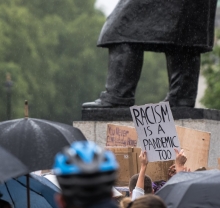In the initial days of the pandemic, I—like many of you, I’m sure—imagined that I’d have so much more time to create. As a writer, I envisioned using what would have been my commute to crank out the draft of my next novel. However, my good intentions quickly faded as the reality of living through a pandemic set in. I find some comfort in knowing that I’m not alone. Our survey of artists and creative workers found that 64% experienced a decrease in their creative productivity during the pandemic. Much of this decrease is due to logistical reasons: in-person events have been cancelled, venues have been closed. Additionally, artists are finding that their time is being spent on other responsibilities: homeschooling kids, taking care of elderly parents, or sifting through grant or loan applications to supplement lost income. Plus, it’s hard to create when everything around you feels like a fire that needs to be put out. Perhaps not surprisingly, over half (53%) responded that their decline in productivity was due to stress, anxiety, and depression about the state of the world, and 19% said that their health or their family’s health had been impacted by COVID-19, preventing them from working. This last finding was true for 25% of BIPOC respondents, compared to 15% of white respondents.
Read More

